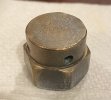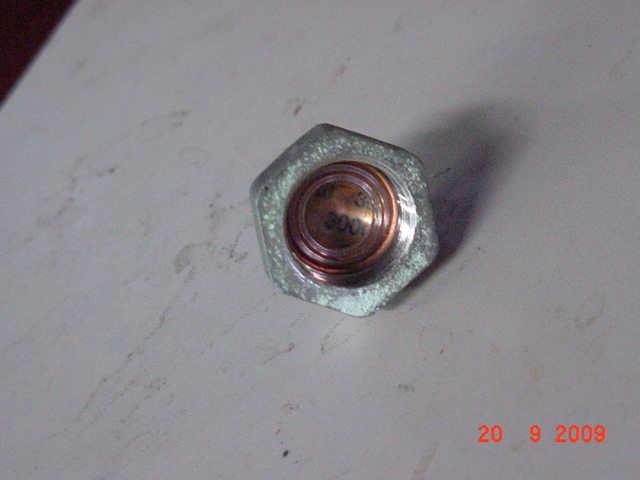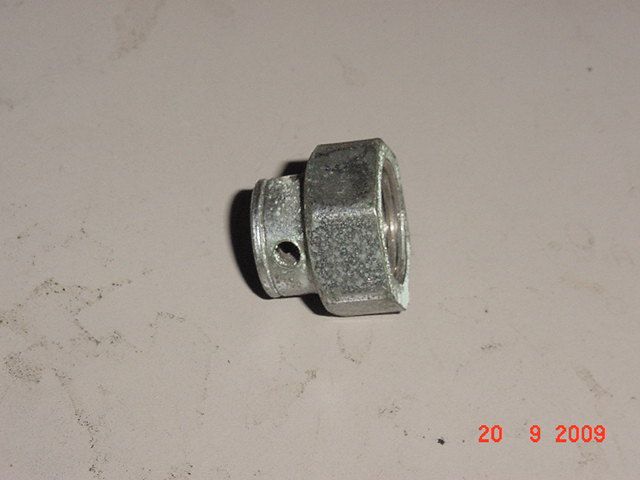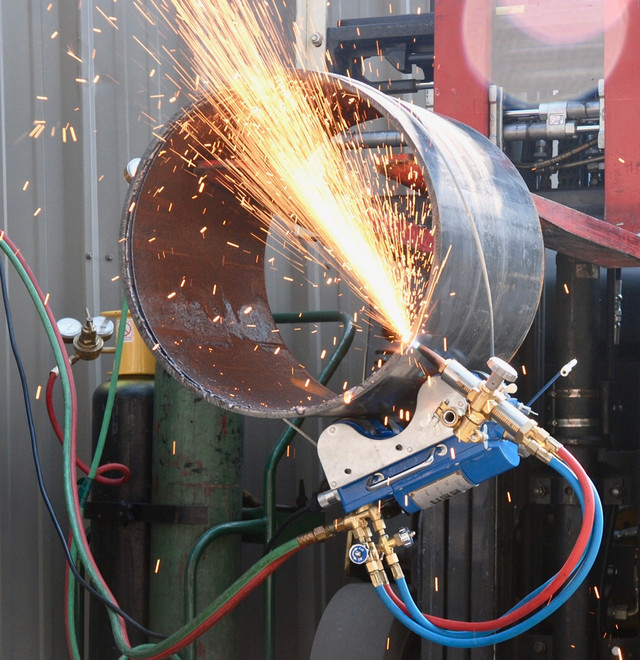rk
Filing Flight Plan
I just ordered an Aerox system with 22 cubic feet cylinder. My airplane is kept in an outside tiedown, and the inside of the plane can get quite hot during California summer. Is there is any risk associated with keeping the tanks in the plane? Can they possibly explode if they get too hot?





